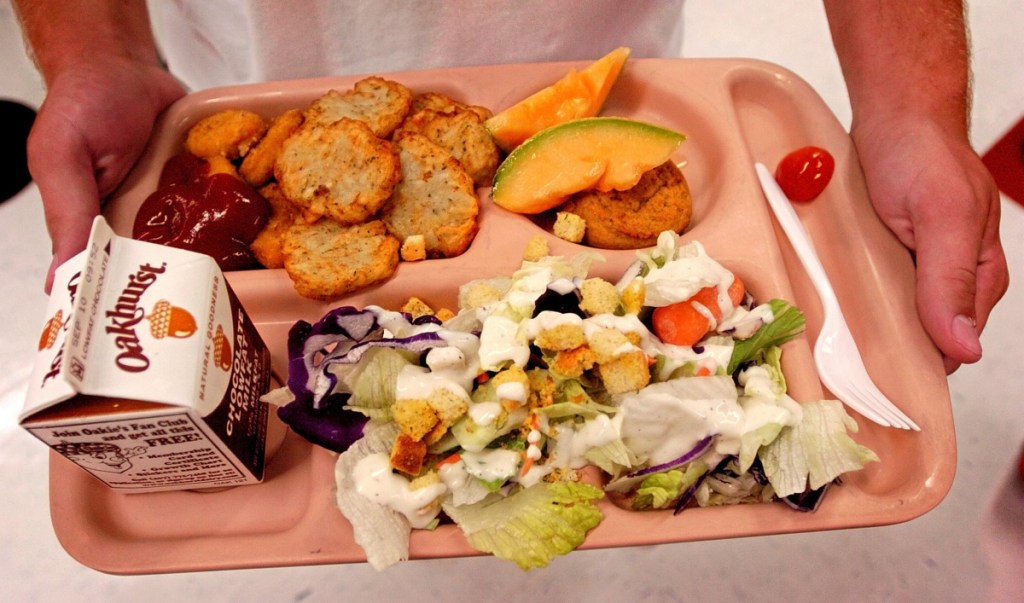In an act of enormous generosity, an anonymous donor gave the Westbrook School Department $10,000 to pay down debt accumulated this year in student lunch accounts.
But what about next year? And what about students at schools without such a benefactor? School lunch debt is a sign that at least some families cannot afford the meals their children need — and to erase it schools must do more than rely on donations.
Westbrook is hardly alone in this predicament. The state Department of Education says there is more than $350,000 in overdrawn student accounts across the state. Nationwide, some large districts list debt in the millions of dollars. When that happens, school districts are pressed between their duty to taxpayers and their desire to help their students be full and ready to learn.
Schools typically send notes home to parents with overdrawn accounts asking them to settle up. But when those go unanswered, schools diverge on tactics. In some cases, schools were cutting off even the youngest students, forcing them to dump their lunches if they got to the head of the line and didn’t have anything in their account. At other schools, hot lunches were switched out for bread-and-cheese sandwiches when kids couldn’t pay.
These acts of “food shaming” raised alarms and led to bills banning the practice in a number of states; one such bill passed the Legislature but has not been funded.
Such legislation keeps food on schoolchildren’s plates — and that should be the ultimate goal. But it may be looking at the issue from the wrong end.
Faced with hungry students — and mounting debt — school districts in Boston, Chicago, Baltimore, and New York City, among others, chose to offer free breakfast and lunch to all students using a federal program available to schools with a high number of students in poverty. That all but guarantees that even the poorest students will have two good meals a day.
It also cuts out the administrative costs and extra paperwork that go along with a student-account system, and contribute to some of the problems. In many cases, because of paperwork problems, overwhelmed parents, and the stigma surrounding free lunch, students who qualify for free or reduced-price lunch never apply, which increases the cost for those students, and leads to more debt. In Maine, according to a 2015 legislative report, only 61 percent of students eligible for free or reduced price lunch are participating.
Unfortunately, very few Maine schools have opted for the federal program, despite the many that qualify, and the success of those who have tried it.
School districts that are not taking advantage of this program should be, just as they should be establishing breakfast and summer meal programs. Taxpayers should be pushing school officials on these same matters, because it helps students achieve, and because is the right thing to do.
It is a shame that so many kids go to school hungry. But knowing that, a strong community doesn’t look the other way.
Send questions/comments to the editors.



Success. Please wait for the page to reload. If the page does not reload within 5 seconds, please refresh the page.
Enter your email and password to access comments.
Hi, to comment on stories you must . This profile is in addition to your subscription and website login.
Already have a commenting profile? .
Invalid username/password.
Please check your email to confirm and complete your registration.
Only subscribers are eligible to post comments. Please subscribe or login first for digital access. Here’s why.
Use the form below to reset your password. When you've submitted your account email, we will send an email with a reset code.